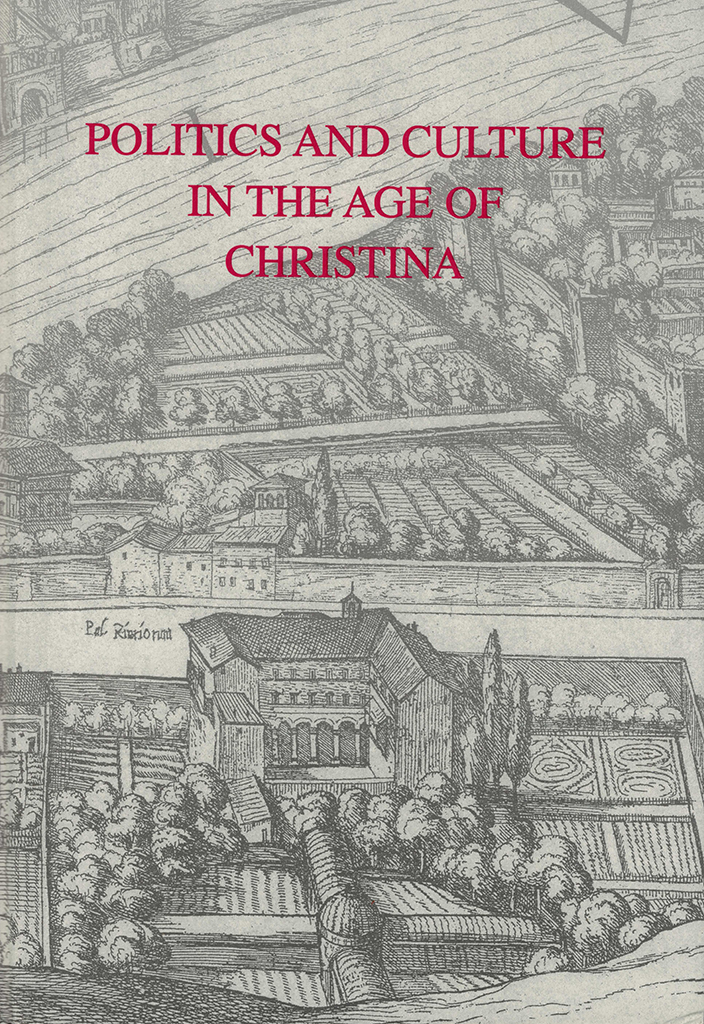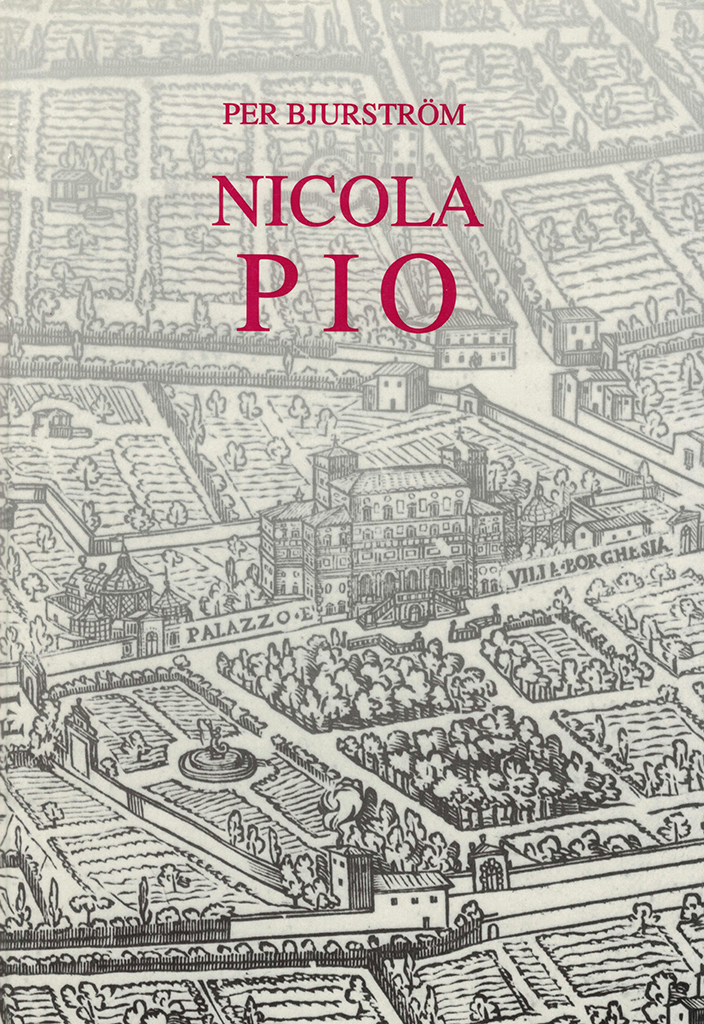Politics and culture in the age of Christina. Acta from a Conference held at the Wenner-Gren Center in Stockholm, May 4–6 , 1995 Edited by Marie-Louise Rodén Abstract Christina of Sweden (1626–1689) has been the object of both scholarly and popular interest in the three centuries that have passed since her death. This attention is related to the breadth of her influence on 17-th century European civilization. Thus, politics and culture in the age of Christina was the subject of a conference held in Stockholm in May 1995 and sponsored by the Wenner-Gren Center Foundation. The first section of the volume treats the relationship of politics and the arts in the age of absolutism as well as Christina’s political environment in Sweden and, from 1655, in Italy. Christina’s unfinished Autobiography is reexamined on the basis of previously unstudied manuscript variants and her religious profile is discussed. A second section treats Christina’s relationship to the arts. Christina’s role in Roman ceremonies and processions is examined. Contents Marie-Louise Rodén | Foreword Theodore K. Rabb | Politics and the arts in the age of Christina Jan Glete | Absolutism or dynamic leadership? The rise of large armed forces and the problem of political…
Nicola Pio as a collector of drawings By Per Bjurström. Published by the Swedish Institute of Classical Studies in Rome. Distributed by Astrom Editions. Nicola Pio, who was born c. 1677 and can be traced until 1733, was a connoisseur and collector living in Rome. His primary interest was in prints and he formed a collection, the main part of which is still preserved in the Gabinetto Nazionale delle Stampe at Farnesina in Rome. His interest then turned to drawings and he wrote a work on 225 painters, sculptors and architects (1724), to which he added portraits of all the artists treated, as well as a collection of drawings by them. One hundred and sixty portraits have survived, most of them in the Nationalmuseum in Stockholm. Another 70 drawings from his collection have been identified. The present book presents an account of Pio’s activity as a collector and a catalogue of known portraits and drawings from his collection. Contents Foreword Literature quoted in abbreviated form Introduction The print collection Vite The portraits The drawings Drawings in the Louvre Catalogue Artists portrayed Concordance Clark-Bjurström Index of artists Bibliographical information Per Bjurström, Nicola Pio as a collector of drawings (Suecoromana. Studia artis…


